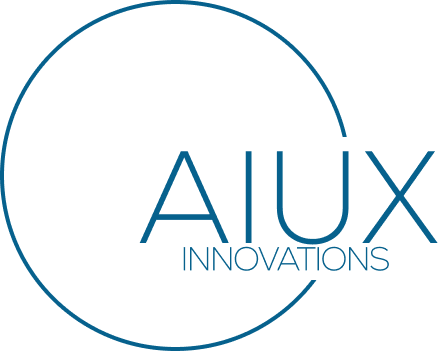Figma has never just been a design tool. It’s a movement—a living example of how collaborative design, openness, and real-time creativity can reshape the very process of building digital experiences. With Figma Makes, that ethos expands from a product to a culture of creation.
What “Figma Makes” Represents
“Figma Makes” isn’t just a tagline. It’s a declaration of intent: that design tools should make creativity easier, teams more connected, and workflows more intelligent. It’s about building a foundation where anyone—from UX designers to engineers to marketers—can participate in shaping the end experience.
In essence, Figma Makes represents the idea that the tool itself should be invisible—it should disappear into the act of creation, empowering designers to build faster, smarter, and together.
Empowering Collaboration Beyond Boundaries
When Figma launched, it broke down one of design’s most significant barriers: the isolation of the creative process. No more file versions. No more “final-final_v6.sketch.” Figma introduced shared canvases and real-time collaboration long before remote work became the norm.
Now, Figma Makes extends that philosophy to everything they build—AI-powered tools that accelerate ideation, plugin ecosystems that invite experimentation, and cross-platform compatibility that makes design accessible to anyone with an idea.
From Designing Interfaces to Designing Systems
Modern design has evolved beyond pixels. With the rise of design systems, the focus has shifted to creating reusable patterns, scalable components, and consistent experiences. Figma has become the heartbeat of these systems.
Through Figma Makes, the company continues to empower teams to codify creativity. Variables, modes, and component properties transform static design files into living systems—bridging the gap between design and development. The result is a shared language where UX, product, and engineering finally align.
AI and the Next Wave of “Makes”
The future of Figma Makes lies in intelligent automation. Imagine starting with an idea, a prompt, or a problem statement—and having Figma generate a functional wireframe, content hierarchy, or even prototype variants based on real-world design patterns.
Figma’s introduction of Figma AI points to this shift. It doesn’t replace designers; it amplifies them. It handles the repetitive so we can focus on the imaginative. It makes exploration faster, iteration easier, and decision-making data-informed.
The Culture of Making
At its core, Figma Makes is also a community. Designers, developers, educators, and thinkers share templates, kits, and resources—fueling an ecosystem of open creativity. It’s not about gatekeeping design knowledge; it’s about making it accessible to anyone willing to learn and build.
That spirit echoes through Figma’s initiatives—from Config to community files—and through every new feature that empowers people to make something meaningful.
Why It Matters
“Figma Makes” isn’t just about what Figma builds—it’s about what we build with it. As UX, product, and business leaders look to the future, the message is clear: creation should be collaborative, intelligent, and human-centered.
Because in the end, it’s not just Figma that makes—it’s what we all make together.
